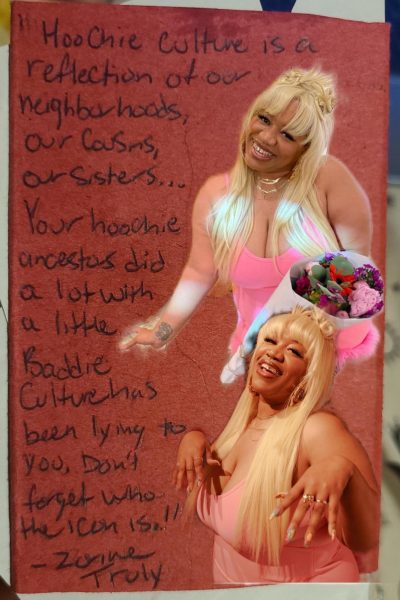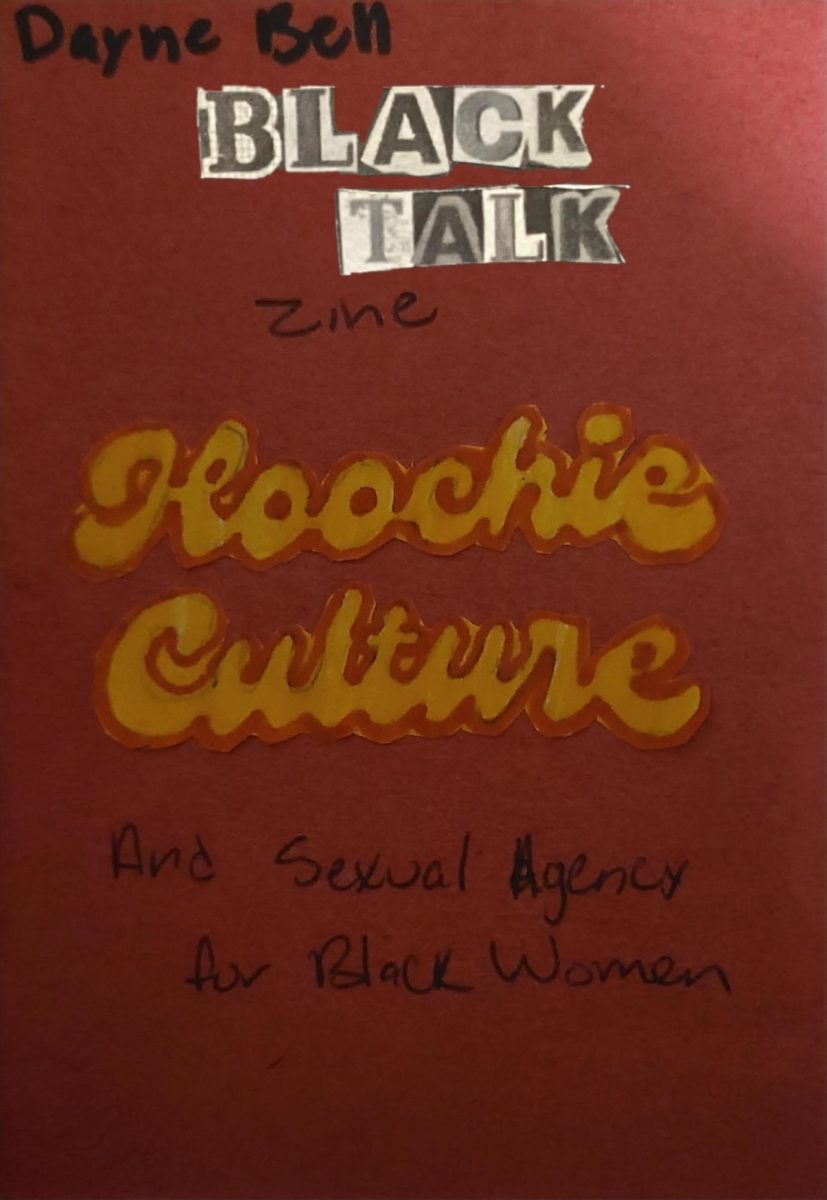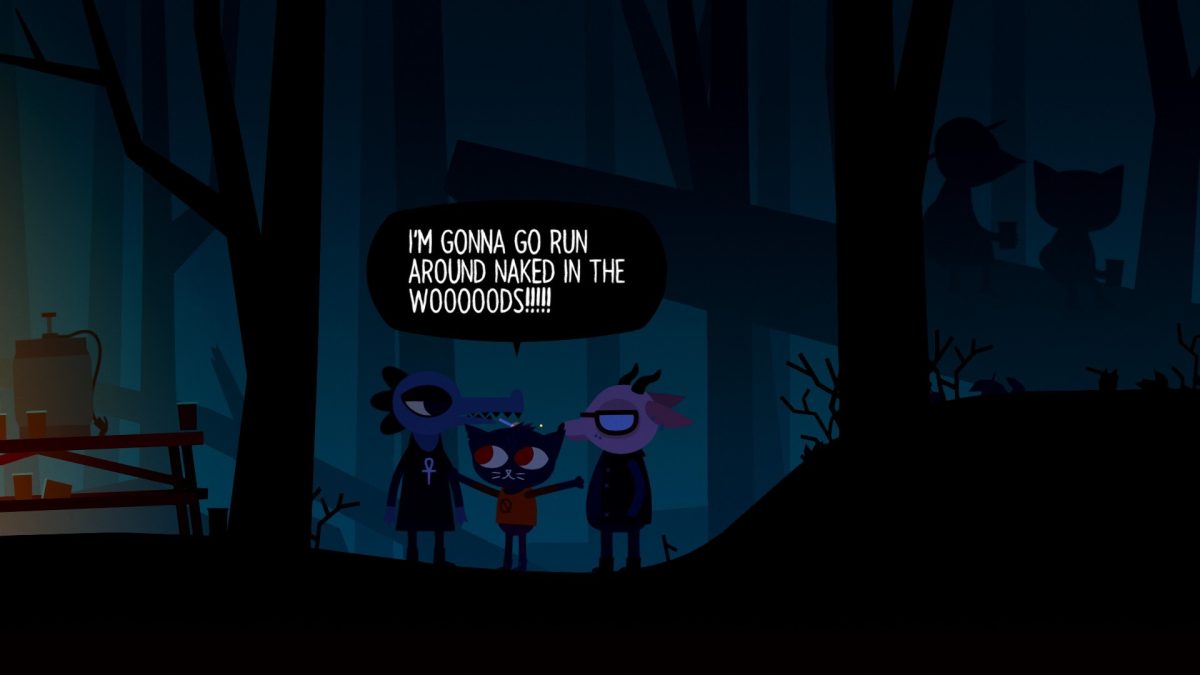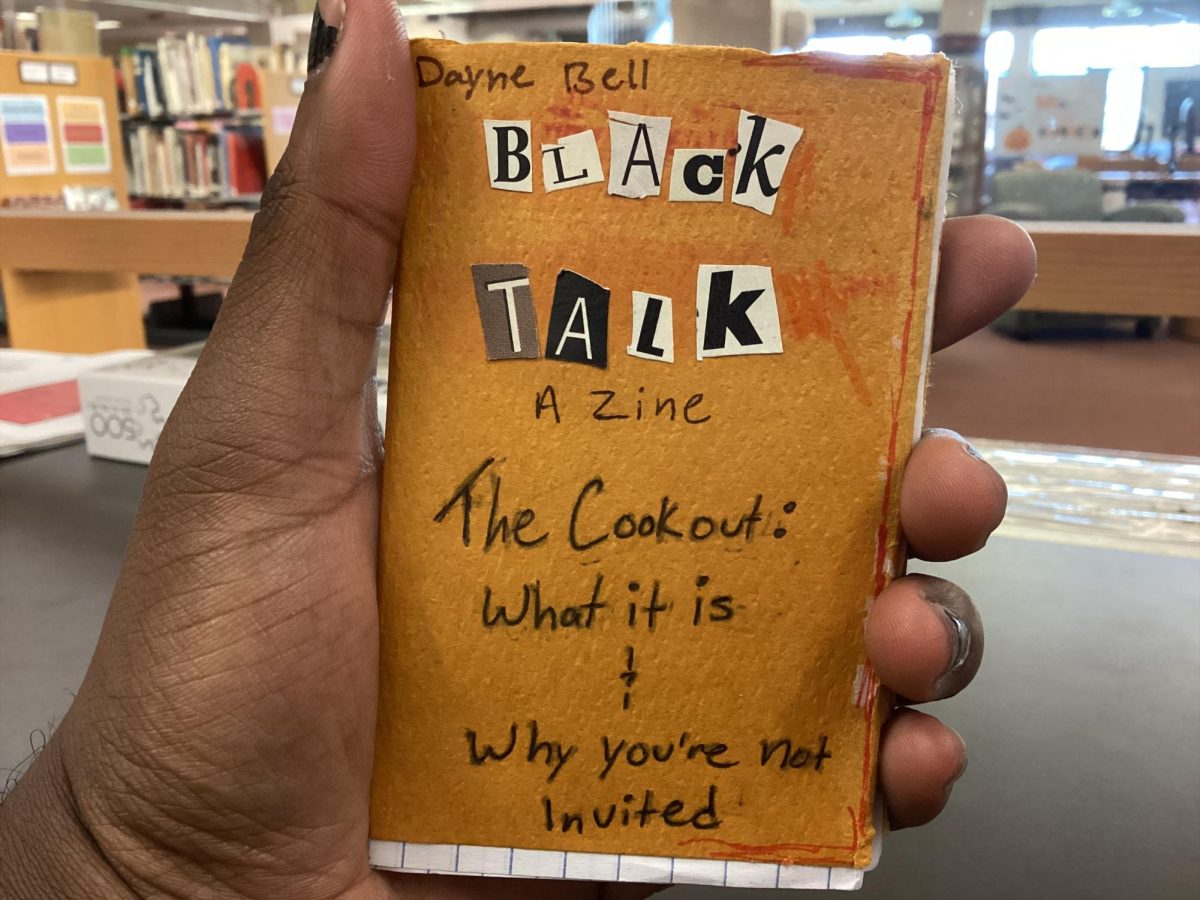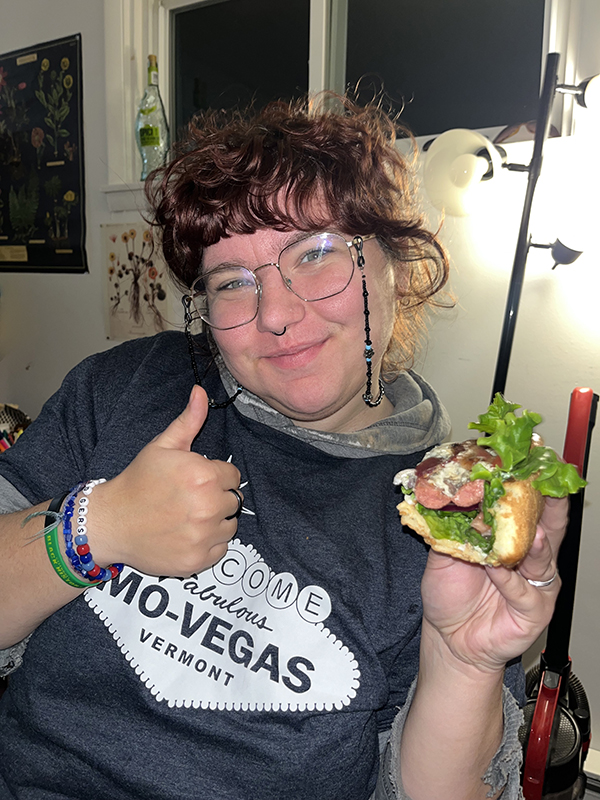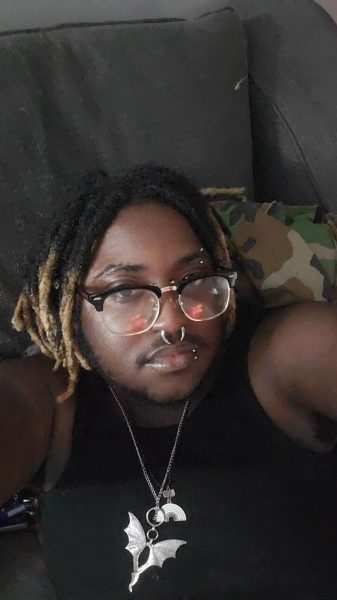Editor’s Note: This is the third issue of the blog Black Talk: A Zine.
Do you remember when WAP was released? Megan Thee Stallion and Cardi B had the internet reeling in 2020 when they debuted the chart-topping single, accompanied by a line of raincoats and umbrellas. The song quickly became popular, receiving overwhelming criticism for its overt sexual content. It was called disgusting and dehumanizing; some people went as far as to call it predatory, claiming it had a negative impact on young women. What was often overlooked about the song, and the women who released it, was that they helped to make undeniable progress toward the sexual liberation of Black Women, backed by a line of hoochies, all throughout history.
The baseline definition of a “hoochie” is a girl who behaves in a sexually promiscuous way. Black people have a lot of words that closely relate. (See strumpet, fast, hussy). Hoochie culture is a Black subculture centered around the expression of one’s sexual needs and desires without shame, with special emphasis on their right to present in a way that makes them feel sexy. While originally a derogatory term, hoochie has since evolved and been reclaimed, used for both the name of the style and sexual liberation movement.
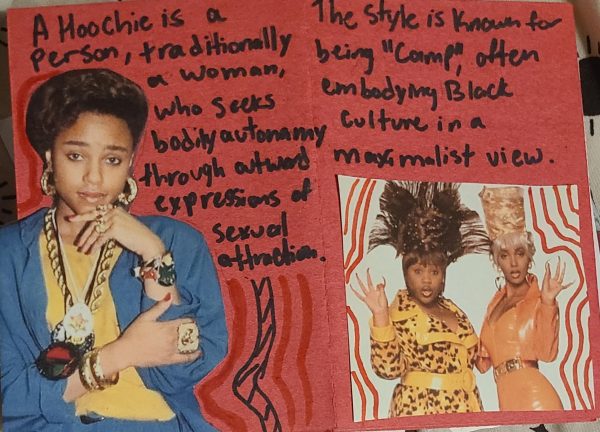
The term derives from the Hoochie Coochie, a style of belly dances from the 1890s that, essentially, caused white men and boys to fuel the sex industry. The practice of “peep shows” grew to gentlemen’s clubs and evolved, largely influencing modern strip clubs and pornography. For men, sex became an unofficial “right;” it was expected that they would have their outlets. But because we stem from a puritan society, it was never the same for women. Wanting and enjoying sex was an absolute no go.
At the same time, slavery and racist stereotypes turned Black people into, essentially, symbols of sexual desire and deviancy while constantly denying them true connection. White people who weren’t satisfied by their spouses sought “superior” intimacy through the Black body in secret. Loving and loving on Black people became taboo, something that was wrong to want.
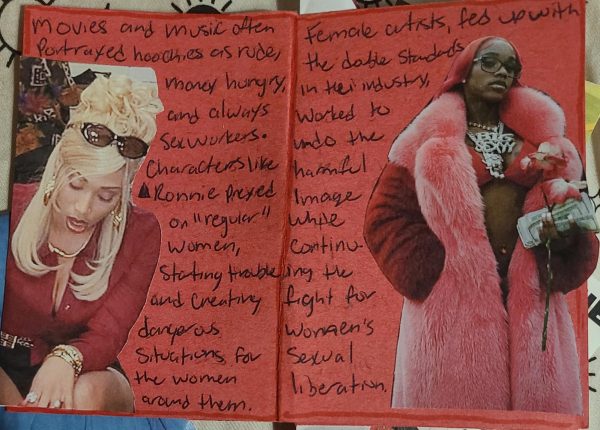
Though this was harmful for both men and women, being at the intersection of purity and desire held women of color at a crossroads. Which stereotype should they fight? The one that forced them into sexuality, or the one that barred them from it? Respectability politics favored the first, with chastity and modesty being the go-to form of protest.
Hoochie culture seemed to be a protest of the latter, a feminist-driving mindset that allowed Black women to embrace sex and stand out as part of the Black is Beautiful movement of the 1960s. Popular culture today derived from Hoochie fashion and influence includes intricate hairstyles, insanely long, dazzling nails and stylized Bamboo hoops. Bold colors and patterns, dramatic lashes, and styles of makeup all became iconic through hoochies. Hoochie mamas and daddies created a new culture of fashion, hairstyles, art, and bodily autonomy, heavily influencing Black culture as a whole as well as the hip-hop and blues industries.
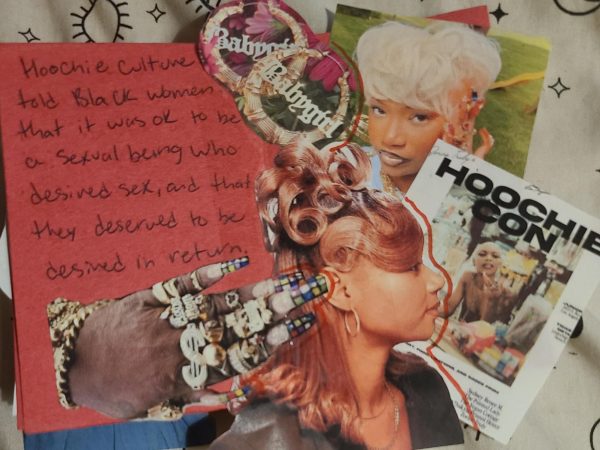
Despite being the inspiration for art and music in rap and hip-hop, hoochies in Black media were often portrayed negatively and inaccurately, and they were almost always women. They were exclusively used for comedy or sexual content, usually an obstacle for a male leading character to get over. They sported long nails and big hoop earrings; their shirts were small and their pants even smaller. They were bitches, whores, prostitutes, and baby mothers, always a source of drama and unworthy of real love and affection.
Hoochies and women across the diaspora seek to undo the damage done by media and television by creating their own versions of music, their own sounds, and expressing themselves the same way that men did and continue to do. Artists like Thee Stallion, Cardi B, The City Girls, Lil Kim, and many, MANY others create music to express their sexuality in a world that never allowed them to. In 2023, Zuline Truly created HoochieCon, a literal convention dedicated to giving hoochies the recognition they deserve for their contributions to the culture and honoring their presence in feminist movements.
